
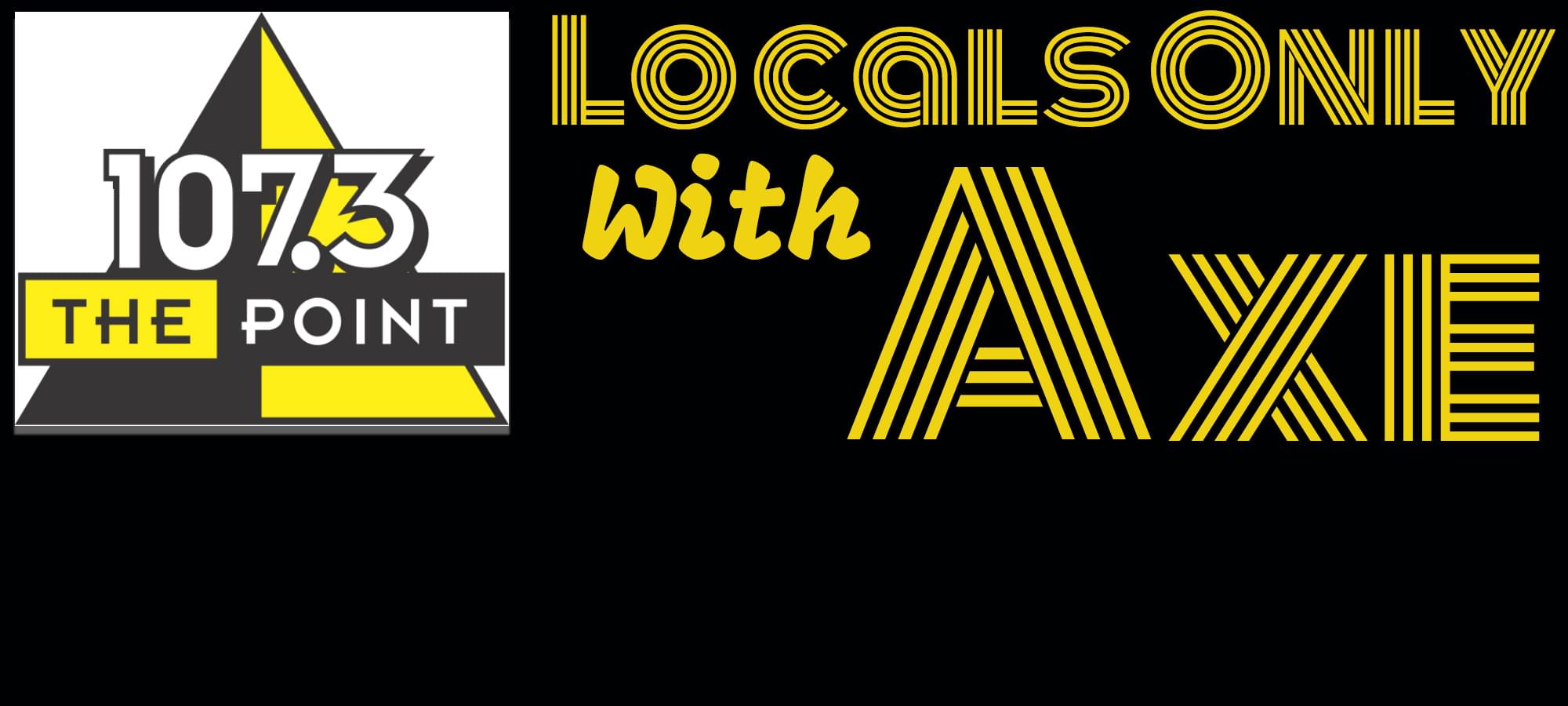
Locals Only w/ Axe: Louie talks about the big outdoor concert set for Saturday
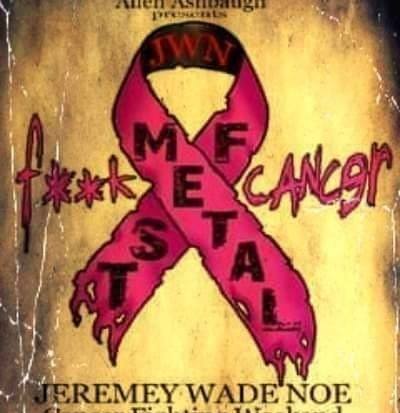
Locals Only w/Axe: Metal Fest 9 rocks this coming weekend

LOCALS ONLY WITH AXE: Metal Fest 9 rocks the end of July
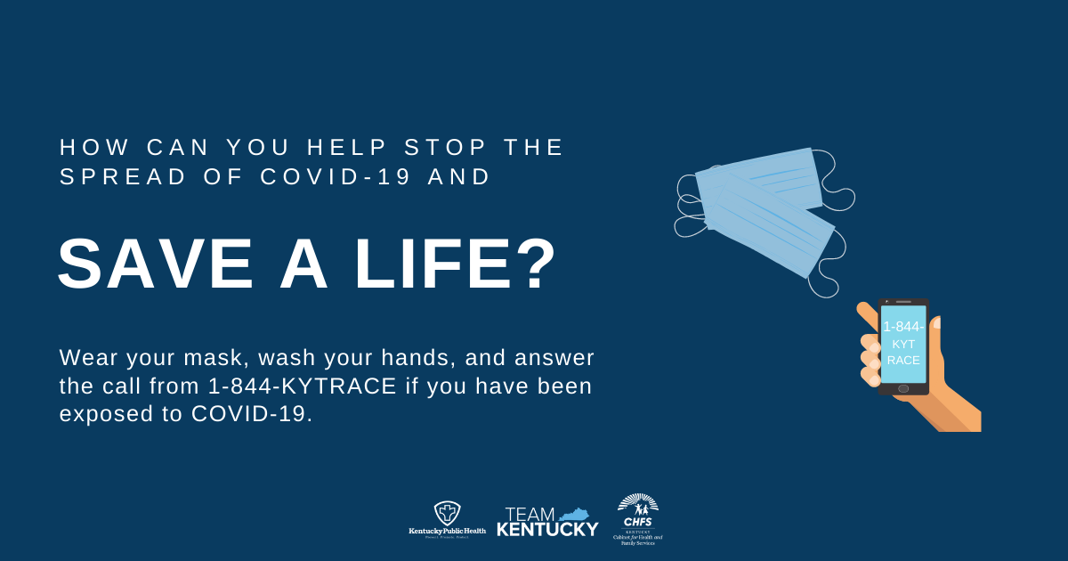
Governor mandates mask wearing effective at 5 p.m. today (Friday)
By Melissa Patrick
Kentucky Health News
In an effort to get ahead of the rising number of cases of coronavirus in Kentucky, Gov. Andy Beshear issued a statewide mask requirement Thursday that will be in place for at least 30 days.
“It’s no longer voluntary, it’s mandatory,” Beshear said. “I’d hoped that we’d all be willing to do the right thing, but I think that the amount of time that we’ve dealt with this, plus our anxiety, cabin fever, all of it has added up. But it’s time to get serious. It’s time to stop our escalation now.”
Beshear and his top health officials have spent months begging Kentuckians to voluntarily wear masks, to little avail. Today, he stopped begging and made it a requirement. He said 22 other states now have some form of a mask mandate.
“It’s no longer a question,” he said. “I understand that the CDC and the federal government told us different things. Right. But that doesn’t get in the way of what the science absolutely shows now. . . . A mask helps to stop the spread of covid. It protects other people from getting it from you and now, there are studies showing that it can protect you from getting this virus in the first place.”
Beshear was referring to a new study at the University of California-Davis Children’s Hospital that found wearing a mask decreases the risk of covid-19 infection in the person wearing it by 65 percent.
“Everyone should wear a mask,” Dr. Dean Blumberg, chief of pediatric infectious diseases at the hospital, said during a July 2 livestream. “People who say ‘I don’t believe masks work’ are ignoring scientific evidence. It’s not a belief system. It’s like saying, ‘I don’t believe in gravity’.”
Why wear a mask?
Dr. Monalisa Tailor, an internal-medicine physician at Norton Community Medical Associates in Louisville, strongly recommended wearing a mask during an online press conference Thursday. She said many people have the virus — but don’t have symptoms — and can easily spread it when they sneeze, cough, or spit while talking.
She said wearing a mask that covers both the nose and mouth helps to prevent the spread of those infected droplets to others, adding later that such aerosols can linger in the air up to three hours.
“It is something that we can do to protect ourselves, protect our family members and protect our neighbors,” she said.
Beshear’s executive order has a long list of exemptions, including people with physical impairments that keep them from safely wearing a mask. That said, Tailor encouraged almost everyone to wear a mask in public, including those with asthma or mild lung conditions, largely because of the risk the virus poses to their lungs if they get it.
“There are very few people that I would recommend should not wear one, and those would be folks that might suffer from claustrophobia or severe anxiety or panic attacks because they have some trauma related to feeling smothered, and that’s going to be a very select group of people,” she said. “Overall, looking at the general population, I would encourage everyone to wear a mask.”
Tailor encouraged those who can’t wear a mask to stay at home as much as possible, and if they do go out, to avoid closed indoor spaces, stay six feet away from others and keep their hands clean.
She said that social distancing is still “very important” even with a mask; that surgical masks should be thrown away after a trip out in public; and that cloth masks should be washed after each outing. She also reminded Kentuckians to remove masks by using the ear loops.
“That way you are less likely to touch the front,” she said. “That would be another way that you could spread the virus.”
Some fear a mask will make them breathe too much of their exhaled carbon dioxide, but Tailor said that that should not be a concern, since carbon dioxide and oxygen molecules are small enough to pass through masks.
She said Norton employees have worn pulse oximeters at work to measure oxygen levels while wearing masks and found that “It does not affect your oxygen capability or your ability to lose the carbon dioxide.”
What she would say to people who refuse to wear a mask? “This is something that we are doing to protect ourselves and those around us. I don’t want my family members getting sick, I don’t want my patients getting sick, I don’t want my friends getting sick. And if this is one way that I can help prevent the spread of the virus, I want to do that — for myself and for others.”
Debunking the myths
Infectious-disease physician Dr. Catharine Paules and pediatric allergist-immunologist Dr. Tracy Fausnight of Penn State debunked a list of common myths about masks in a university news release.
Myth: We didn’t need masks early in the pandemic, so we don’t need them now.
Fact: Mask recommendations have evolved with the data around covid-19. Early on, very little data existed about the virus, and the nation was short of masks. “Recently it has become clear that asymptomatic people can transmit covid-19 from speaking, coughing or sneezing,” they write. “This led to public health officials strongly recommending masks to prevent COVID-19 spread from individuals who do not know they are infected.
Myth: No studies exist about the effectiveness of masks.
Fact: “Several observational studies published since the covid-19 pandemic began show emerging data that masks coupled with other distancing measures help to prevent the transmission of covid-19,” Paules said.
Myth: Masks trap in bacteria and fungi, making people more susceptible to bacterial or fungal pneumonia.
Fact: “There is no data to support this statement,” Paules said. The release notes that health-care providers ask people at high risk for fungal infections, such as cancer patients, to wear masks for protection.
Myth: Masks won’t keep me from getting sick.
Fact: Masks do help keep a person from getting sick, and are even more effective at preventing somebody else from getting sick, the doctors write.
Myth: Masks weaken the immune system.
Fact: The immune system is exposed to germs all the time, they write, and wearing a mask doesn’t prevent it from “remembering” all of those prior exposures and staying strong.
Myth: We don’t need masks. We need herd immunity, to protect almost all the population.
Fact: Herd immunity works only if about 70 percent of the population has antibodies from an infection or a vaccine, and achieving that with the coronavirus would come at the cost of “a catastrophic number of deaths due to covid-19,” so we must prevent the spread of the virus until a treatment or vaccine is found, the doctors write.
One “myth” that has some truth, they write, is that wearing a mask can cause some people anxiety and a sense of claustrophobia. To overcome that, “Try wearing a mask at home for short periods of time,” Paules said. “Then you can gradually build up to wearing it for a whole trip to the grocery store, for example.”
Kentucky Health News is an independent news service of the Institute for Rural Journalism and Community Issues, based in the School of Journalism and Media at the University of Kentucky, with support from the Foundation for a Healthy Kentucky.

Axe chats with Abby Henderson about her show Saturday
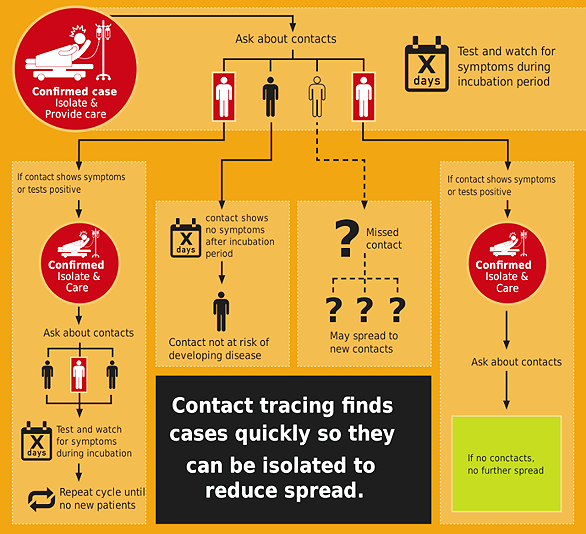
Health departments getting temporary workers to trace contacts of people who have COVID
By Lisa Gillespie
Kentucky Health News
As restaurants have reopened and people are gathering more after three months of social isolation, Kentucky’s health departments are finally getting extra help to help track down people who may have been exposed to the coronavirus and ask them to self-isolate.

The “contact tracers” will allow health-department employees who have been reassigned to covid-19 work to get back to their normal work in public health. But most of the new workers haven’t been hired yet, because officials expect a surge of cases when school begins.
Congress gave states money to hire temporary contact tracers. Sara Jo Best, public-health director at the Lincoln Trail District Health Department in Elizabethtown, said contact tracing has been done for decades, but it might be a new term people haven’t heard of.
“If you’ve ever seen in a newspaper, ‘If you ate this food product between this date and this date, you need to call us,’ that’s contact tracing,” Best said. “No one ever thought anything about that; it was almost expected. It would be unethical for public health to know that you’re at higher risk of a disease or injury and withhold that information from you.”
But some legislators at the June 24 meeting of the Interim Joint Committee on State Government expressed privacy concerns.
“I know we’ve been doing contact tracing at local health departments for a long time, but at the level that we’re doing it here . . . it could very much infringe on people’s freedom and liberty,” said Senate Majority Leader Damon Thayer, R-Georgetown.
Mark Carter, the state official leading Kentucky’s contact-tracing efforts, said “We are not going to be tracking people’s movements. The purpose for this contact tracing effort is simply to help people protect their family, friends, loved ones from the spread of covid.”
The state covid-19 website says contact tracing is completely confidential. When someone is contacted, they’re only informed that they may have been exposed to someone who has the virus, and aren’t told the identity of that patient.
Rep. Patti Minter, D-Bowling Green, spoke up for contact tracing: “We have been a hotspot in Warren County, so one of the reasons we’re not a hotspot anymore has been the heroic work that has been done in the eight-county area by Barren River health department, and contact tracing has been a very big part of that.”
Some job slots wait for start of school
So far, the state Department for Public Health has hired 180 contact tracers and investigators to work in health departments across the state but is waiting to fill another 520 jobs, Carter said.
“The staffing is ahead of the disease,” he said. “We kind of want to see what the virus is going to do, because it wouldn’t make sense if they had 500 people right now, because most of them would be sitting around with nothing to do. But they’re probably going to be busy in September and October with schools back.”
Robert Redfield, director of the federal Centers for Disease Control and Prevention, told a congressional committee June 23 that tracing the contacts of infected people and getting them to self-isolate will be “critical” as schools open.
For the Barren River District Health Department, the new help will mean the staff reassigned to covid-19 work can go back to their original work in public health; things like health education or work to reduce infant mortality rates.
About 80 of the Bowling Green-based agency’s approximately 100 employees were reassigned in March, Director Matt Hunt said. Before the pandemic, he said, only seven full-time staff notified members of the public if there was a possibility of contracting a communicable disease.
“We had to move very, very quickly to repurpose nearly 80 percent of our staff to work on covid,” Hunt said.
At the Lincoln Trail department, Best said her staff were moved to contact tracing and other covid-19 tasks. Night and weekend work became the norm, with many hours of overtime or comp time. Meanwhile, unemployment from the pandemic restrictions brought more clients into the department’s Women, Infants and Children food program.
“It’s nice to have the ability to bring in the additional staff to be able to relieve our staff so they don’t burn out,” Best said.
Asked if permanent staff would now give more attention to enforcing covid-19 preventive measures like limits on business’ space capacity, Best said her environmentalists working with restaurants try education first.
“You’re treating it as a partnership,” she said. “Because we’re good at educating people on risks, most people comply and do all right. Also, with restaurants, there is a liability issue; they want to know how to operate so they can successfully follow the rules.”
State-local dispute caused delay
Each state handled the federal money for contact tracing differently. Health departments said the money should go directly to them. They have years of experience tracing diseases, from food-borne illnesses caused by bad grocery food to wide outbreaks of diseases such as hepatitis.
“We do this all the time for things like pertussis [whooping cough], hepatitis, tuberculosis, and we’re actually still doing that right now while we’re doing covid-19; other diseases didn’t take a vacation when covid-19 came to town,” said Best.
Kentucky decided to use staffing agencies to hire tracers. But these agencies only conduct initial resume screenings, interviews and background checks. Health departments do the final hiring and supervision of contact tracers and investigators.
Best and Hunt said their district health departments could have used extra dollars for contact tracers much earlier, but they made do with the employees they had.
Most of Barren River District’s eight counties have relatively high per-capita infection rates. Hunt said he doesn’t think the delay led to more infection or negative health outcomes, mostly because his district didn’t wait for federal funds to arrive. He said he has hired 26 people, with five slots left to fill.
Carter said he and other state officials decided to use temp agencies for several reasons. While most health departments will hire local contact tracers, the state is also hiring regional tracers who can work anywhere within a broad region.
“If you had an outbreak in Bowling Green, for example, and it was quiet in Somerset, what that [our model] allows us to do very easily is to redirect some of those resources in Somerset to focus on the problem in Bowling Green,” he said.
Though the strategy might work best for state control of the contact tracing project, Best hopes the legislature will help increase staffing levels to help health departments prepare better.
“Local health departments have been carrying the bulk of the load of this since March; that’s a long time,” Best said. “I hope this is enough to highlight the necessity to invest in our infrastructure, like our staffing levels, so that we’re nimble and able to respond quickly to the next thing, because there will be a next thing … that would reduce negative health impacts.”
Information for this story was also gathered by Melissa Patrick of Kentucky Health News.
Kentucky Health News is an independent news service of the Institute for Rural Journalism and Community Issues, based in the School of Journalism and Media at the University of Kentucky, with support from the Foundation for a Healthy Kentucky. For details, contact [email protected].
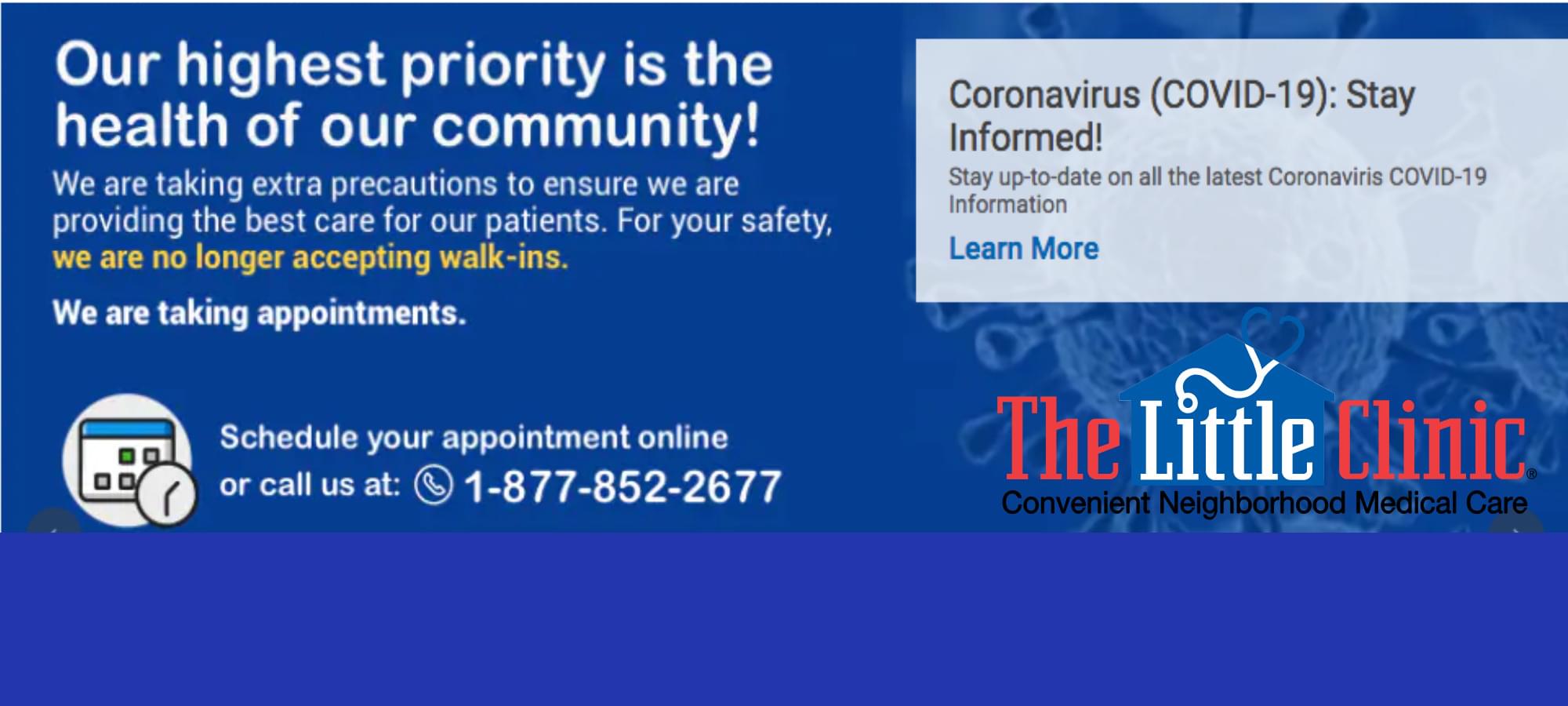
Click for drive-thru testing locations
Click here to find testing locations.

Beshear moves up business re-opening schedule
By Melissa Patrick
Kentucky Health News
Kentucky Health News is an independent news service of the Institute for Rural Journalism and Community Issues, based in the School of Journalism and Media at the University of Kentucky, with support from the Foundation for a Healthy Kentucky.
Gov. Andy Beshear moved up the date for Kentucky to begin the second phase of its reopening, announcing Thursday that Kentucky’s restaurants can reopen May 22 at one-third capacity, and a goal of limited child care on June 15.
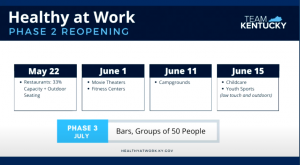
He said restaurants will be allowed unlimited outdoor seating as long as they keep tables six feet apart, the standard social-distance guideline.
“I know this isn’t the capacity that our restaurants probably want, but the studies that we look at show that we’ve got to be really careful about this step,” Beshear said at his daily briefing. “This allows it to be open for Memorial Day weekend, but please be careful. . . . This is the best compromise between public health and making sure we can restart this part of the economy.”
Beshear has been under pressure from Kentucky restaurants, especially in Louisville, because Indiana has allowed its restaurants to reopen. He noted that Indiana and Tennessee have reopened restaurants, but said his conversations with Ohio Gov. Mike DeWine “were a big part of it.” Ohio will open its restaurants before Kentucky does, and that would likely have brought the same sort of complaints from Northern Kentucky that have been heard in Louisville.
“We had planned it for a little bit later, but I think this is partial harm reduction,” Beshear said. He also cited “the belief that those that we have worked with sincerely want to do this right and only want to re-open if they can do it right. Many will find that they won’t be ready for that date. Don’t rush.”
He added that it’s important for restaurants to meet their industry-specific guidance, which will be forthcoming, and the 10 state requirements for opening, including such things as thorough, repeated cleaning; mask-wearing; taking on-site temperature checks of employees; making sure there is adequate hand cleaning access; and having a testing plan for employees with elevated temperatures.
“These aren’t easy,” Beshear said, adding later, “If we’re gonna do this, we’re gonna do it safe.”
Beshear also announced that movie theaters and fitness centers will be able to reopen June 1, campgrounds will be able to reopen June 11, and some child care with reduced capacity and potentially low-touch, outdoor youth sports on June 15. But he said that wasn’t guaranteed.
“This is a goal, a goal, we are pushing for,” he said. “We want to have a safe plan for child care, knowing that it is such a challenge for folks. I will tell you that it will be significantly reduced capacity and it will be very monitored to make sure that it’s safe.”
The gradual reopening of businesses that will begin Monday has increased calls to reopen child-care centers, but Beshear has said that would be risky. Unemployed people who get called back to work but can’t find child care will be allowed to keep getting unemployment benefits.
Beshear said bars and groups of 50 or more people may be able to open in July. Groups of 10 or fewer will be able to gather on May 25.
Beshear said Thursday, “Our goal in having a gradual plan is to be able to pause. And that would be our first step. If we saw a spike, we would pause where we are. We would look at where we’ve seen them, what type of businesses that we have; we would try to be surgical on those areas.”
The governor says another reason the state can start reopening is it will be able to test 2 percent of its population each month, as federal guidelines call for.
He spent a fair amount of time Thursday discussing the state’s increased capacity for testing, saying it would soon be able to do 30,000 tests a week. So far the state has only confirmed tests of 81,391 people; Beshear said the actual number is higher, since some labs have not been reporting negative results.
Kentucky now has at least 72 covid-19 testing locations, listed on the kycovid19.ky.gov website. Beshear announced a new partnership with First Care Clinics, which can now provide tests at 13 locations across the state, seven days a week, at no cost.
“Folks, this is big news,” Beshear said. “There’s now no excuse” to not get a test. “Now we all have the tools to do the right thing and protect one another.”